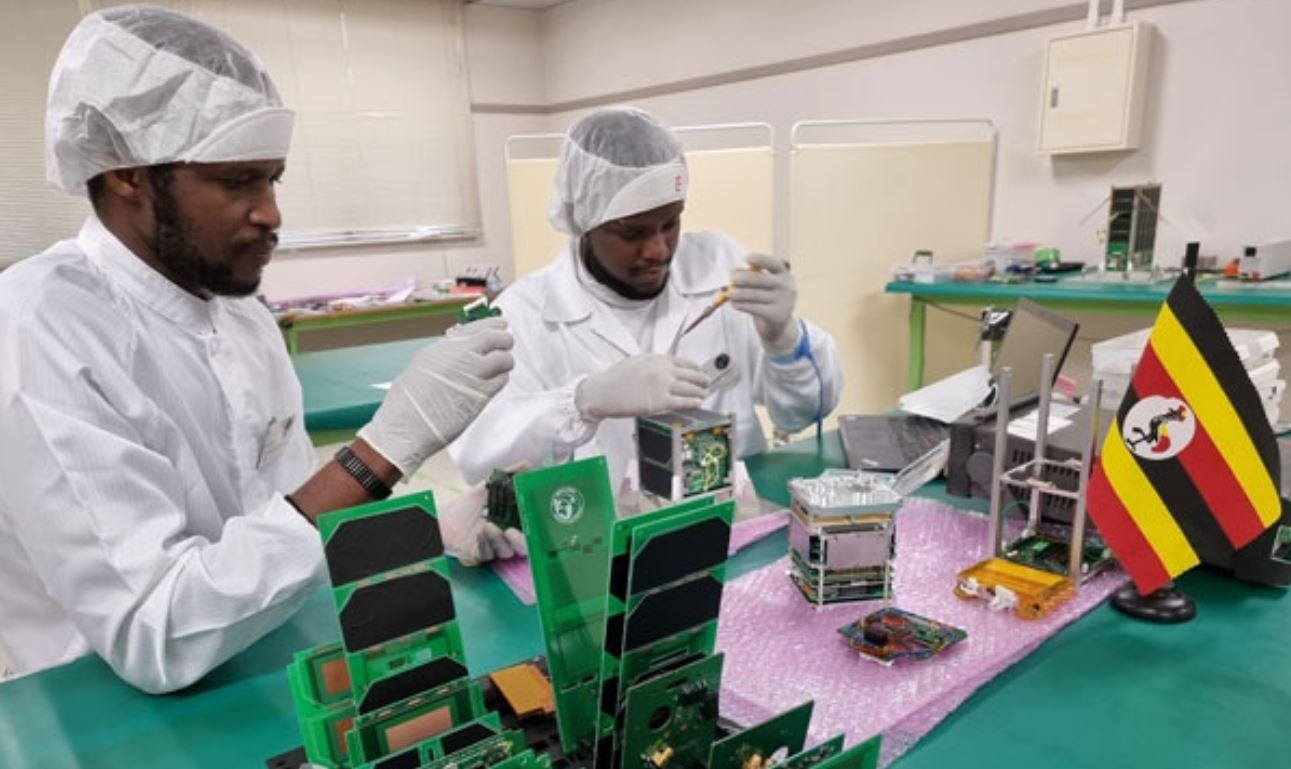Uganda plans to print 3D human tissue in space
Uganda is riding on a biofabrication 3D printing technology to print human organs to help thousands of patients who die of organ failure in the country.

Uganda has gone to space. Despite a fire alarm causing delays on Nov. 6, the country’s first satellite, PearlAfricaSat-1, finally launched successfully into space on the morning of Nov. 7 at the Mid-Atlantic Regional Spaceport at NASA’s Wallops space flight facility on Wallops Island, Virginia, US.
Uganda will be using its new satellite to get more accurate data on weather forecasting, mineral mapping, agri-monitoring, and border security. But on top of this list will be the conducting of healthtech life saving experiments. The Nile Post reports that Uganda will use the microgravity (weightlessness) provided by the satellite to perform advanced 3D biological printing of human tissue in space, including an “investigation into how microgravity influences ovary function.”
The satellite which has already landed on the International Space Station (ISS) will be monitored from the Mpoma ground satellite station in the capital Kampala.
The project, under a Joint Global Multi-Nation Birds Satellite program (BIRDS) with Japan and Zimbawe, was spearheaded by three Ugandan engineers—Edgar Mujuni, Bonny Omara, and Derrick Tebusweke. They were trained in Japan at the Kyushu Institute of Technology in designing, building, testing, and launching satellites.
How 3D bioprinting works in space
When NASA’s Northrup Grumman NG-18 resupply mission lifted off from Wallops Island on Nov.7, it was carrying an upgraded 3D bioprinter, the BioFabrication Facility (BFF), as one of its payloads. BFF is a platform for scientists to print organ-like tissues and begin to prove viability for human organ fabrication in space, and Uganda is riding on this technology to print 3D human organs to help thousands of patients who die from organ failure in the country.
“BFF is game-changing technology that could have significant implications for the future of human health and patient care on Earth,” says John Vellinger, the executive vice president of in-space manufacturing and operations at Redwire, the company developing the technology.
Microgravity allows scientists to create high quality bioprinted body organs, a feat not achievable on earth. Printing complex organ structures in a state of weightlessness eliminates the need for scaffolding to support complex tissue shapes. 3D bioprinters use ‘bio-inks’ based on human cells to grow body tissues such as skin, bone, and cartilage.
The idea of 3D bioprinting has been growing globally in the recent past, since Russia sent its bio-printer to the ISS to carry out experiments for printing living human tissue in space in 2018.
Africa will have 125 satellites by 2025
Though Uganda, which has committed $2.2 million for research and development of space exploration, is the latest to launch into the ISS, by December 2021, 13 African countries had sent satellites into orbit with 125 new satellites being lined up for development by 2025 by 23 African countries.
As Africa joins the global space revolution, Lagos-based media analytics company Space in Africa projects the continent’s space market will cross the $10 billion valuation mark by 2024.
